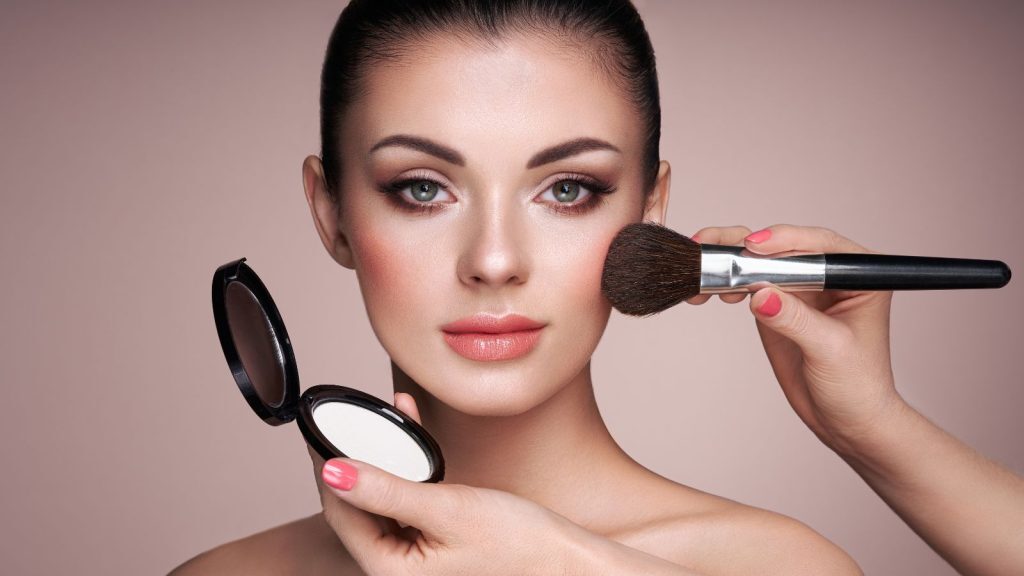Getting a good tan is an important part of many people’s summertime routine. Yet, what occurs during moments of overcast skies when the sun is concealed by clouds?
Is tanning achievable on a cloudy day, or must one wait until the sun reemerges? Let’s take a closer look at how to get the best results from your tanning routine, no matter what the weather may be like.
Despite the varying thickness and darkness of clouds, you can still achieve a tan on cloudy days. On overcast days, UV rays can still penetrate through the clouds and reach your skin, so it’s still possible to get some color.
You won’t achieve as deep of a color as you would in direct sunlight, but it’s still better than nothing! In cloudy conditions, the absorption of UV rays by your skin is delayed. Therefore, ensure you spend at least 30 minutes under the sun to observe any effects.

It’s also important to protect your skin when tanning on cloudy days by using sunscreen with an appropriate SPF rating.
Although clouds provide partial protection against harmful UV rays, they cannot shield you entirely. Thus, applying sunscreen while tanning under cloudy skies is crucial to avoid sunburn risk.
Before going outside, generously apply a sunscreen with a minimum SPF rating of 15 that is resistant to sweat and water, ensuring maximum defense against UVA and UVB rays.
If all else fails and there isn’t enough sunshine peeking through those clouds for you to feel confident about achieving any kind of glow, then consider trying some alternative methods, such as spray tans or self-tanning lotions instead.
These products are designed to give you even coverage without needing direct exposure to UV rays – just make sure you follow instructions carefully for the best results!
Tanning on cloudy days requires patience since it takes longer for UV rays to penetrate through those thick layers of cloud cover – but with a bit of dedication and determination (and maybe some help from spray tans).
You should be able to achieve a great-looking tan no matter what Mother Nature throws at us!
As always, remember safety first by applying sunscreen if spending too much time outdoors, regardless of whether or not there is any sunshine around. With these tips in mind, happy (safe) tanning!
Tanning on a day with clouds can provide a lovely glow while minimizing outdoor exposure. However, it is important to be aware of the length of time you are exposed to the sun to avoid potential skin damage.
Generally, tanning on a cloudy day should take no more than 30 minutes to total each day. This is the best way to prevent sunburn and still get some health benefits from being outdoors in sunny weather.
Even on a cloudy or overcast day, the sun’s ultraviolet rays can still penetrate the clouds providing enough intensity for the skin to tan.
This means that even when you don’t feel direct sunlight on your skin, your skin may still change color since it is being exposed to ultraviolet rays.

Tanning on a cloudy day can be quite a challenge. The best tip is to know your skin sensitivity and start with shorter exposures to give your skin time to acclimate.
Even if the sky is overcast, you may still experience excellent results from tanning if you choose a longer session.
The ultraviolet light that reaches us on overcast days is strong enough to cause the skin to react and tan. Even with cloudy skies, sunbathers must continue applying sunscreen as they are at risk of damaging UV radiation.
Furthermore, many people underestimate how much UV radiation their skin is exposed to, even during a brief cloudy day.
While sunshine is essential for tanning, it is possible to get a deep and beautiful golden hue even without exposing your skin directly to the sun—and yes, this can be done through the window. Windows offer several advantages for tanning.

This is because clouds protect you from the sun’s UVB radiation, which is responsible for skin damage and can be blocked more easily by clothing than UVA radiation.
UVA radiation penetrates more deeply into the epidermis and can filter through the clouds, allowing your skin to develop a base tan even in lower levels of light compared to sunny days.
The sun emits ultraviolet radiation that can pass through clouds and ultimately reach your skin. Suppose you’re lucky enough to get a day with clear skies. However, then you will feel and see the rays of sunlight more directly.







